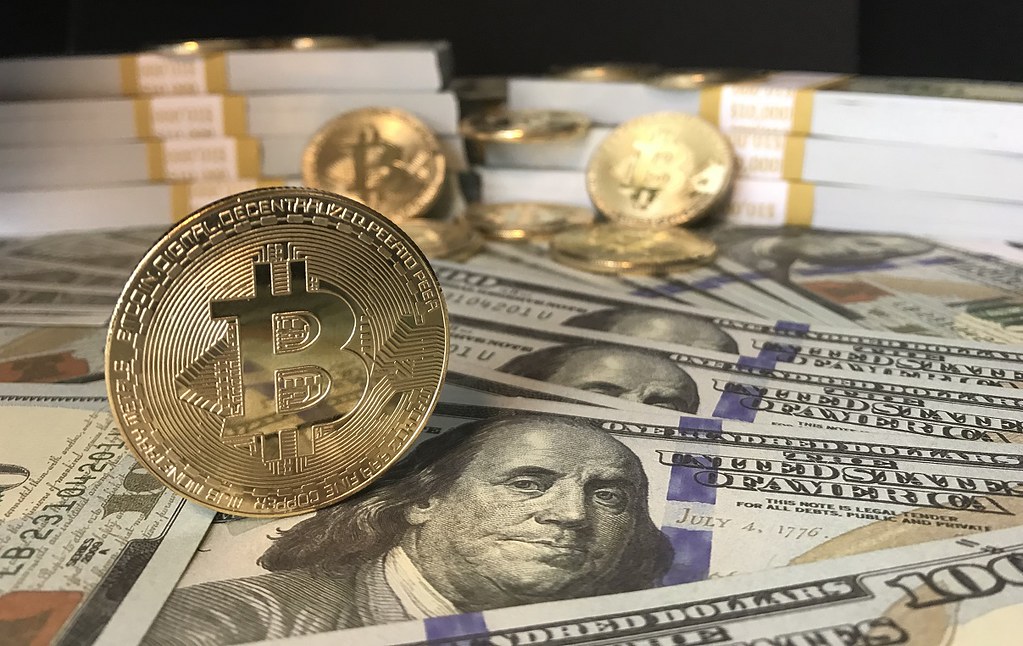
Above: “Bitcoin Crypto Coin Stock Photo” by Crypto360 licensed under CC BY 2.0
By Scott Wordsman
It would be impossible to write about or analyze cryptocurrency without first discussing the world into which it was born. While I am not an expert on financial markets, blockchain, or even consumer behavior, I have made my living as a stenographer of trends and language, and the best place for a linguist or semiotician to hang out is on the web, namely Twitter, where memes, headlines, and out-of-context videos circulate in head-spinning fashion.
Twitter, Reddit, and TikTok, despite being major media corporations in their own right, aren’t usually viewed as such. And yet, their influence looms like a shadow over a landscape previously dominated by traditional news media. These alternative media outlets, replete with their own talking heads, have arrived at a pivotal time as far as the cryptocurrency market is concerned. If we are to understand how web3 and blockchain concepts trickle down upon the masses, we must first examine how it is that news traditionally spreads.
(1) First, an event “happens.” Then, the following occurs.[1]When an event “happens,” this event can either bear a great resemblance to reality, or, as Daniel Boorstin coined it, the event could more closely resemble a pseudo-event: an overly reported-on … Continue reading
(2) Real, fabricated, or somewhere in between, if an event is “newsworthy” (read: profitable), it will quickly soar to the front pages of newspapers and on lower thirds of CNN and FOX News broadcasts. Consider the sensationalism endemic to Covid, Trump, and January 6, 2021. Why are we entreated daily to these phenomena? The short answer is: the events that receive the most press coverage are events which do not impede the power of the ruling elite, but which instead grease their coffers, for these widely syndicated pseudo-events eclipse issues that actually affect the mass of people, like inflation, lack of affordable basic necessities, and dubious public health mandates.[2]What events are covered by such outlets depends on money and power: the news which sells is the news to which the reader will be entreated; hence, the proliferation of sex scandals, … Continue reading
(3) Finally, once these events are covered by traditional media outlets and professional class news flunkies, they are then opined on by blue-check social media personalities, many of whom have clout and parasocial bonds with other influential, albeit non-credentialed, internet accounts.[3]Once a Twitter celebrity or professional writer has cemented themselves as a person who believes X and could never support Y, it is highly unlikely that they will change their minds, even when … Continue reading
(4) By the time the average social media user arrives at an idea about an event, chances are they are just repeating corporate-friendly opinions, for what passes as news is usually propaganda that exists to reinforce the status quo.[4]Opinions, attitudes, and beliefs trickle downwind from state- and corporate-friendly news outlets. What passes as news is oftentimes propaganda that exists to reinforce the status quo. Of course, … Continue reading

Of course, no epoch would be complete without its interlopers, its menaces, its Machiavellis, the bulk of whom wish to subvert the rule of law in favor of an outsider, Robin Hood politics. These are the stories of some of those people.
Wall Street Bets
The degree to which the Wall Street Bets subreddit revolutionized cryptocurrency, and the accessibility factor of stocks in general, is incalculable. Bitcoin’s meteoric rise can be attributed, in large part, to the redditors, who, en masse, initiated a short squeeze on what was a heavily bearish Gamestop stock, pushing it to an unfathomable $347 on January 27th 2021, up from a paltry $17 just a few weeks prior. For the first time in a long time, people were seeing regular people, people with stimulus checks to burn, getting very rich just from tuning into the subreddit, which opened the door for more copycat shorts, like NAKD and AMC.

The rallying cry of the redditors was one of sticking it to the man–in this case, the hedge fund managers, some of whom even shuttered their operations after suffering astronomical and unforeseen losses in the meme stock shorts. Populism and redistribution, for once, were on the table, and conventional investors were scared. What the rise of meme stocks did was open the door for the redditors to matriculate down the playing field of alternative currency, in this case, BTC, ETH, DOGE, and others coins, which have enabled many regular people to amass tiny fortunes over the past year.
DOGE and the Rise of the Shitcoin
Explaining the DOGE phenomenon in early 2021 to anyone who hadn’t, up to that point, been spending 6+ hours on the internet was almost impossible. The theorist in me wants to describe crypto’s most endearing pet coin as the postmodern phenomenon par excellence, but even that wouldn’t do it justice. DOGE is an example of a coin whose currency and fate exists solely on the belief that it will go up, and practically nothing else. While DOGE’s rise is not wholly dissimilar to stock market bubbles in general, like the tech stock boom of 1999/2000, which was speculative, but at least grounded in the potential yield of massive future dividends. DOGE, on the other hand, is a purely speculative asset built on nothing but cultural relevance and celebrity appeal. (That some merchants, like the Dallas Mavericks, now accept the coin as legal tender probably doesn’t affect the coin’s price, save for the initial announcement that they would be.)
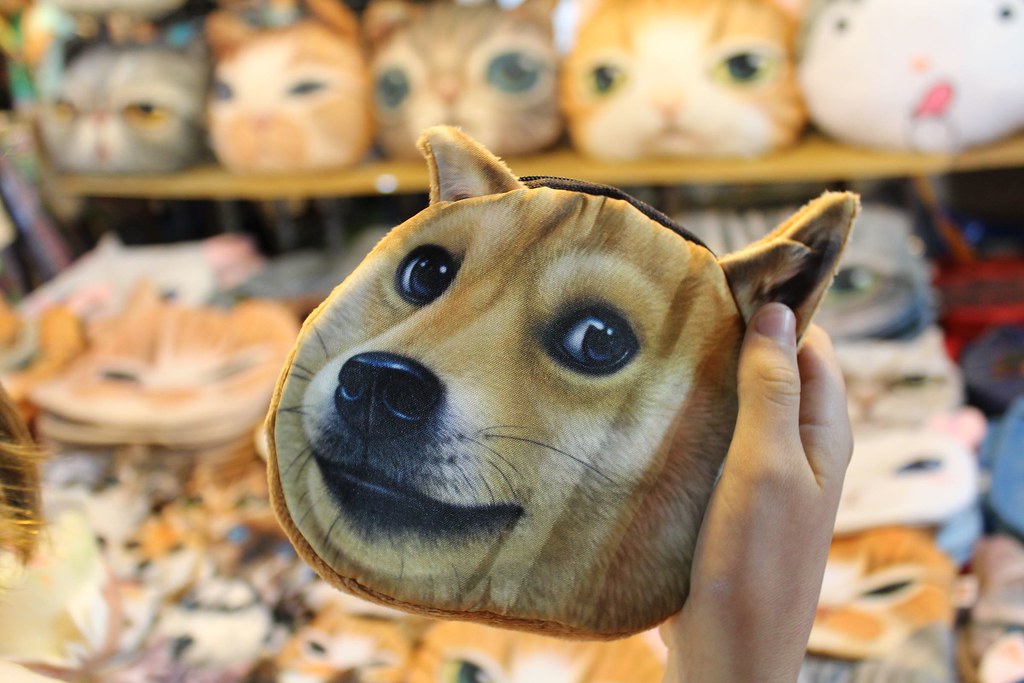
In a sense, TSLA might be the most appropriate harbinger to DOGE, as the company’s actual valuation does not match at all with its productive capacities. DOGE, which Elon Musk was tweeting about a couple years ago, has gone up nearly 5000% in the past year alone. While it tapered off around $0.16 and has been falling since late October 2021, DOGE will be the precursor for future “speak into existence” coins, such as SHIB, the Thanatos to DOGE’s Eros.
(Hyper)reality Bites
A “speak into existence” coin follows the logic of the pseudo-event. An event can be very real, or it can fall into the realm of hyperreality, Jean Baudrillard’s conception of things and places that are “more real than real.” For example, images of fast food on billboards and fistfights in movies are hyperreal; they are more perfect, more beautiful, and often more preferable to reality, which so often disappoints (if you’ve ever eaten a fast food hamburger or witnessed a fight in person, you’ll know what I mean). The World Showcase at Disney’s Epcot could be considered a hyperreal experience, as one fulfills all dreams of global travel without having to deal with layovers, bug bites, and foreign tongues. Hyperreality, of course, cannot get by without injections of actual reality.
When Jim Cramer pimps a stock on television, people are more likely to buy it. If this continuous support happens, will that company see growth? Take Apple or Google, who survived the dot com bubble and grew to insurmountable heights. When Dave Portnoy pledges his allegiance to Safemoon or when Elon Musk tweets about DOGE, what happens to the exchange value of the coin? Can popularity and celebrity appeals imbue value into a coin, like SHIB, which has declared its own uselessness? Something happens to the coin when its name becomes spoken into existence. As long as the coin’s name gets thrown around on Twitter or printed on the sleeve of NBA jerseys, its sign, the coin’s symbolic representation in a spectacle-driven society, will continue to exist, driving its price up, despite the fact that the sign does not refer to anything real. Compare Bitcoin’s valuation to Bitcoin’s use value in modern life and you will see what I mean.
WAGMI, NGMI, and Stonks
Language and solidarity are perhaps the two things which meme stocks and cryptocurrencies have which traditional stocks do not. Whole online communities exist, like religions, to rally around coins. Going on Twitter is like going to the casino with all your virtual friends. I caught on early to Fantom (FTM) through an interesting Twitter personality, @MKUltraMoney, whose tweets about politics, film, and this relatively unheard-of coin caught my attention. Coin posters on Twitter, in order to boost morale and accrue acolytes, use memes and acronyms to draw in a younger following. Refrains of WAGMI (We’re All Gonna Make It) and BTFD (Buy The Fucking Dip) exhort young traders never to disbelieve in the collective conviction that stonks will continue to rise.
Songs, clothing, and this beautiful WAGMI duffel bag exist as proof that one should never discount the ability that a minor language has to unite a group of people. moon (@moonoverlord), a personal favorite, typifies this attitude and ethos, favoring the call and response style of tweet to interact with followers. With over 175k of these acolytes on Twitter, moon and other accounts are able to influence the buying and selling of coins and NFTs, which helps them turn a profit, but also helps their most tuned-in followers to make money, too. moon turned me on the Axie Infinity (AXS) when it was under $10, so I am, of course, personally indebted.
In spite of the steady reliability of ETFs and mutual funds, it’s just not very fun to invest in them. If you put $100 into Doge, for example, you can, along with The Chairman (@WSBChairman) or Shardi B (@ShardiB2), cheer and riff and meme your way into gains, community, and even financial stability–something which the younger generations had all but given up on before the meme stock and crypto boom of the past year. Will this year be a continuation of strange prosperity and bullish alts? As they say, it’s still so early, so I’m guessing yes.

Scott Wordsman
Scott Wordsman is a writer and professor from New Jersey. His essays can be found in The Colorado Review, LIT Magazine, Map Literary, and elsewhere.
Footnotes
| ↑1 | When an event “happens,” this event can either bear a great resemblance to reality, or, as Daniel Boorstin coined it, the event could more closely resemble a pseudo-event: an overly reported-on spectacle which, although perhaps relatively trivial, has been covered by major news outlets to such a degree that its importance, in the public eye, is elevated to the point of distortion. The Gulf War, about which Jean Baudrillard wrote, was a pseudo-event. The January 6 Capitol storming, as I’ve written about, could also be described as a pseudo-event. While it is clear from TV footage that people were at the Capitol and did indeed breach the walls, the terms “insurrection” and “coup,” which were levied with heavy heaps of conviction by journalists at nearly every major media outlet, did not align with the reality of the event. |
|---|---|
| ↑2 | What events are covered by such outlets depends on money and power: the news which sells is the news to which the reader will be entreated; hence, the proliferation of sex scandals, who’s-dating-whom, and puff pieces masquerading as politics. As Michael Parenti noted in the aforementioned text, because major news channels are owned by the ruling elite, and because public access television and newspapers are virtually nonexistent in the US, the odds of consuming media that contradict the incentive structures of the 1% are nil. So, you’re almost guaranteed to find only articles that praise inflation and slander decentralized currency, even in purportedly left-leaning publications. In Inventing Reality, Parenti notes the fact that journalists are hired by these presses precisely because they won’t challenge entrenched power. He makes mention of a passage from “Former FCC chairperson Nicholas Johnson [who] describes [this] process:” A reporter…first comes up with an investigative story idea, writes it up and submits it to the editor and is told the story is not going to run. He wonders why, but the next time he is cautious enough to check with the editor first. He is told by the editor that it would be better not to write that story. The third time he thinks of an investigative story idea but doesn’t bother the editor with it because he knows it’s silly. The fourth time, he doesn’t even think of the idea anymore. |
| ↑3 | Once a Twitter celebrity or professional writer has cemented themselves as a person who believes X and could never support Y, it is highly unlikely that they will change their minds, even when confronted with countervailing information. This is because celebrities and writers have platforms and paychecks to protect. In the midst of cancel culture, it is riskier than ever for a high-profile person to betray media-friendly beliefs for the beliefs they actually wish to espouse. Often, these truths are inconvenient or incompatible with corporate profit motives. When former New York Timeswriter Chris Hedges was booed off stage at Rockford College’s 2003 commencement, he was promptly dismissed from the Times and blacklisted in the corporate media circuit. Today, politicians on both sides of the aisle, when pressed, regularly admit that Iraq was a blunder or a mistake. Hedges, however, has not been invited back to the Times. |
| ↑4 | Opinions, attitudes, and beliefs trickle downwind from state- and corporate-friendly news outlets. What passes as news is oftentimes propaganda that exists to reinforce the status quo. Of course, there are ways to subvert the system, and that is where cryptocurrency, as a disruptive shock to a tired economic system, comes in. Crypto, however, would not be where it is without social media, which, in its ability to be controlled and utilized by many people who have actually earned their followings through merit, and not nepotism, represents a future that can still be seized upon by the mass of people. |



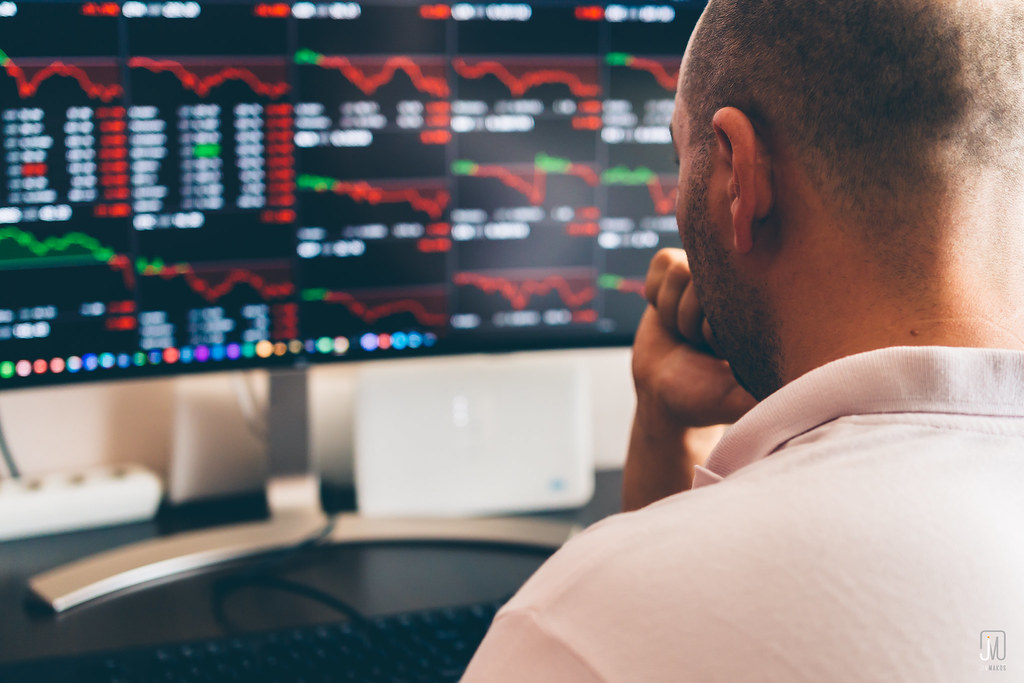
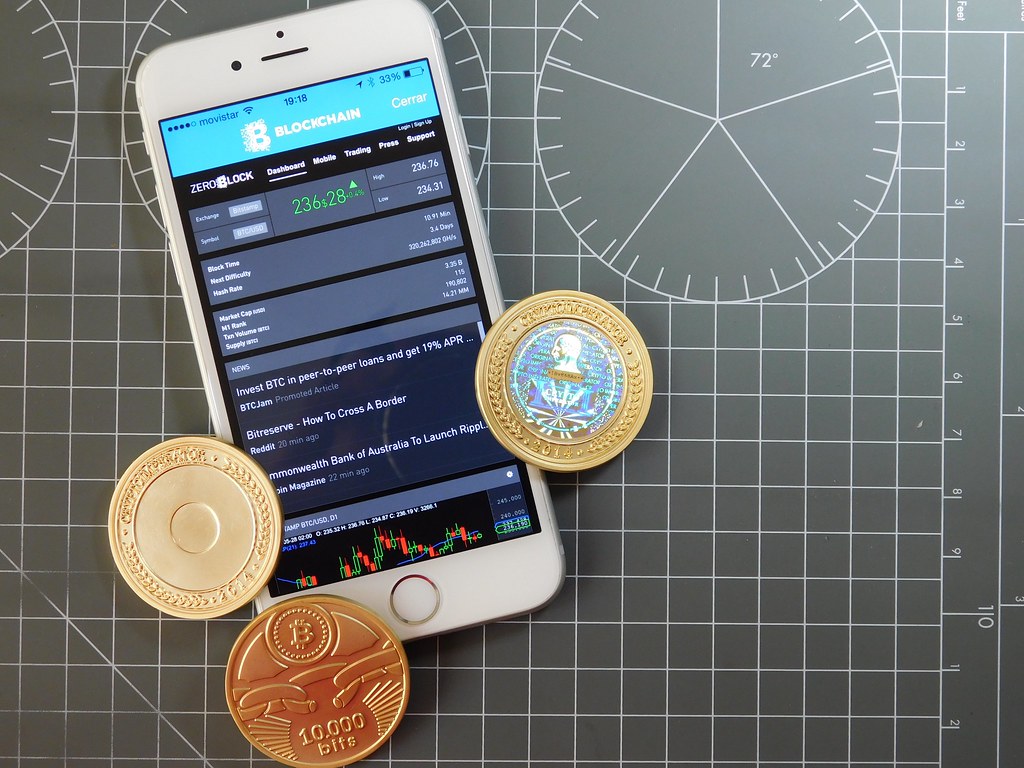



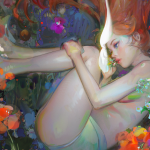
Fun read. $DOGE is the prototype.